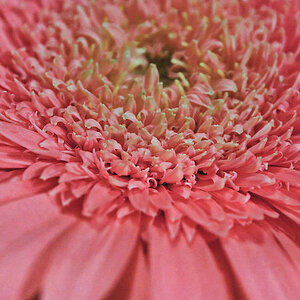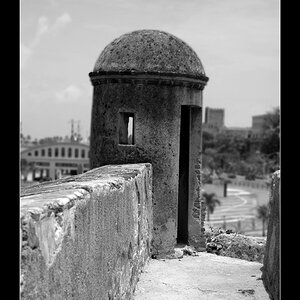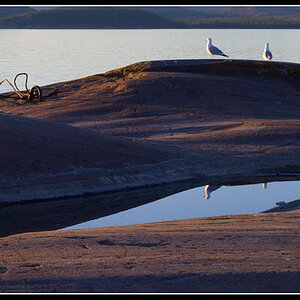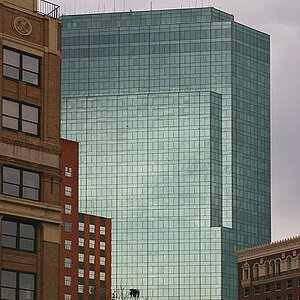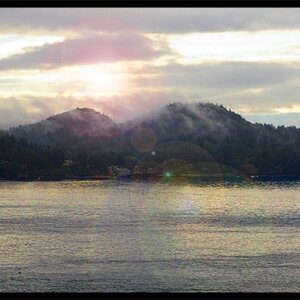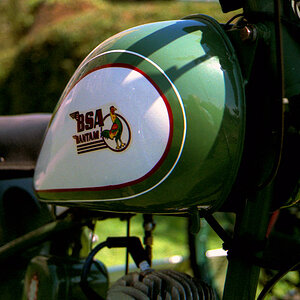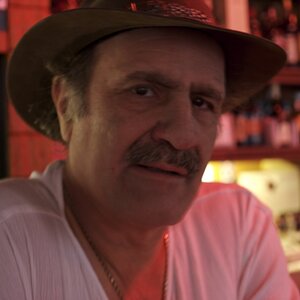kdthomas
No longer a newbie, moving up!
- Joined
- Aug 9, 2014
- Messages
- 1,117
- Reaction score
- 474
- Location
- Denton, TX
- Can others edit my Photos
- Photos NOT OK to edit
Last night I saw a bowl in my sink, inside another bowl, inside a pyrex measuring cup. There was some leftover ice cream that had formed this kind of halocline ... Thought it might it be a good time to experiment with tilts on the 4x5, but also realized, it was a good experiment for factoring bellows expansion and reciprocity failure.
This is HP5 plus rated at ISO 400, 4x5 with a 210 mm lens. The incident meter gave me a base reading of f/32 at 8 seconds. However I measured that the standards were 330 mm apart. I used this measurement to arrive at a correction of adding 1.3 stops, bringing the time to 20 secs. Then using the reciprocity corrections chart in the HP5 manual, this came to 83 seconds.
I then backed off to f/22 and (using the chart for 10 secs) arrived at 31 secs for the second set.
As it turned out ... the images are almost perfectly identical. It worked! Here's the final result (this is the f/32 image, after scanning and a bit of styling in LR)
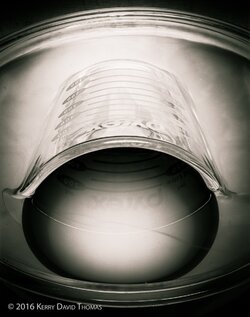
This is HP5 plus rated at ISO 400, 4x5 with a 210 mm lens. The incident meter gave me a base reading of f/32 at 8 seconds. However I measured that the standards were 330 mm apart. I used this measurement to arrive at a correction of adding 1.3 stops, bringing the time to 20 secs. Then using the reciprocity corrections chart in the HP5 manual, this came to 83 seconds.
I then backed off to f/22 and (using the chart for 10 secs) arrived at 31 secs for the second set.
As it turned out ... the images are almost perfectly identical. It worked! Here's the final result (this is the f/32 image, after scanning and a bit of styling in LR)





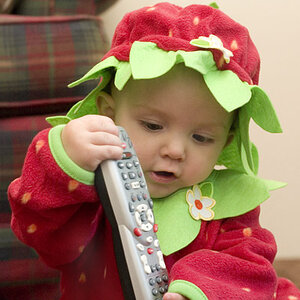

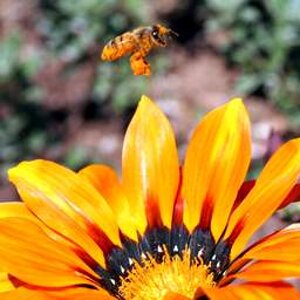

![[No title]](/data/xfmg/thumbnail/32/32930-09414fc020c2a60a456ff59a05c5ef8f.jpg?1619735759)
